 |
 |
||||||||||||||||
|
|
CPEO MILITARY CASE STUDIES AND REPORTS by Lenny Siegel
September 7, 2025
PFAS from the base has contaminated both public and private water supplies. On the positive side, I support the selected alternative, primarily the Foam Fractionation and Hydrothermal Alkaline Treatment, to actually destroy the PFAS removed from groundwater. However, it is inappropriate to set the removal action objectives at three times the drinking water standards. Furthermore, there should be a clearer, more detailed performance monitoring strategy.
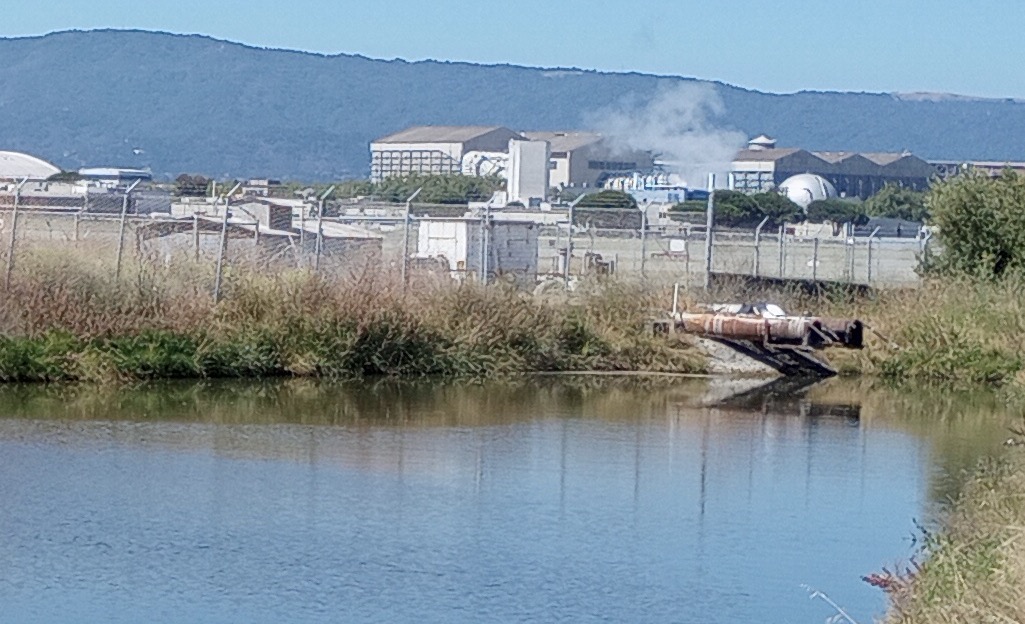 Peter Strauss and Lenny
Siegel [PDF, 24 pages]
September, 2023
In August 2022 NASA's Ames Research Center published a bulky draft Site Inspection (SI) Report, listing 26 areas of potential concern (AOPCs), locations at Moffett Federal Airfield, at the southern reach of the San Francisco Bay, where PFAS have been detected or are suspected. Most of the AOPCs had elevated levels of perfluorooctane sulfonate (PFOS) and perfluorooctanoic acid (PFOA) released by the Navy while it was operating the Moffett Naval Air Station there. Most, but not all of the documented releases of PFAS were from Aqueous Film-Forming Foam (AFFF), used by the military to fight and train to fight aircraft fires. NASA's stated priority is to prevent the additional discharge of PFAS to the Bay, but its efforts may be limited by inadequate funding.
 Lenny Siegel [PDF, 10 pages]
May, 2023
In the early 1960s, the U.S. Air Force deployed 54 liquid-fueled Titan I intercontinental ballistic missiles at 18 sites in 6 states. One such site was in Lincoln, California, about 20 miles northeast of Sacramento. At the time Lincoln had little more than 3,000 residents. Today, a groundwater plume of trichloroethylene (TCE), left over from missile system maintenance, threatens Lincoln's growing community of over 50,000 people.
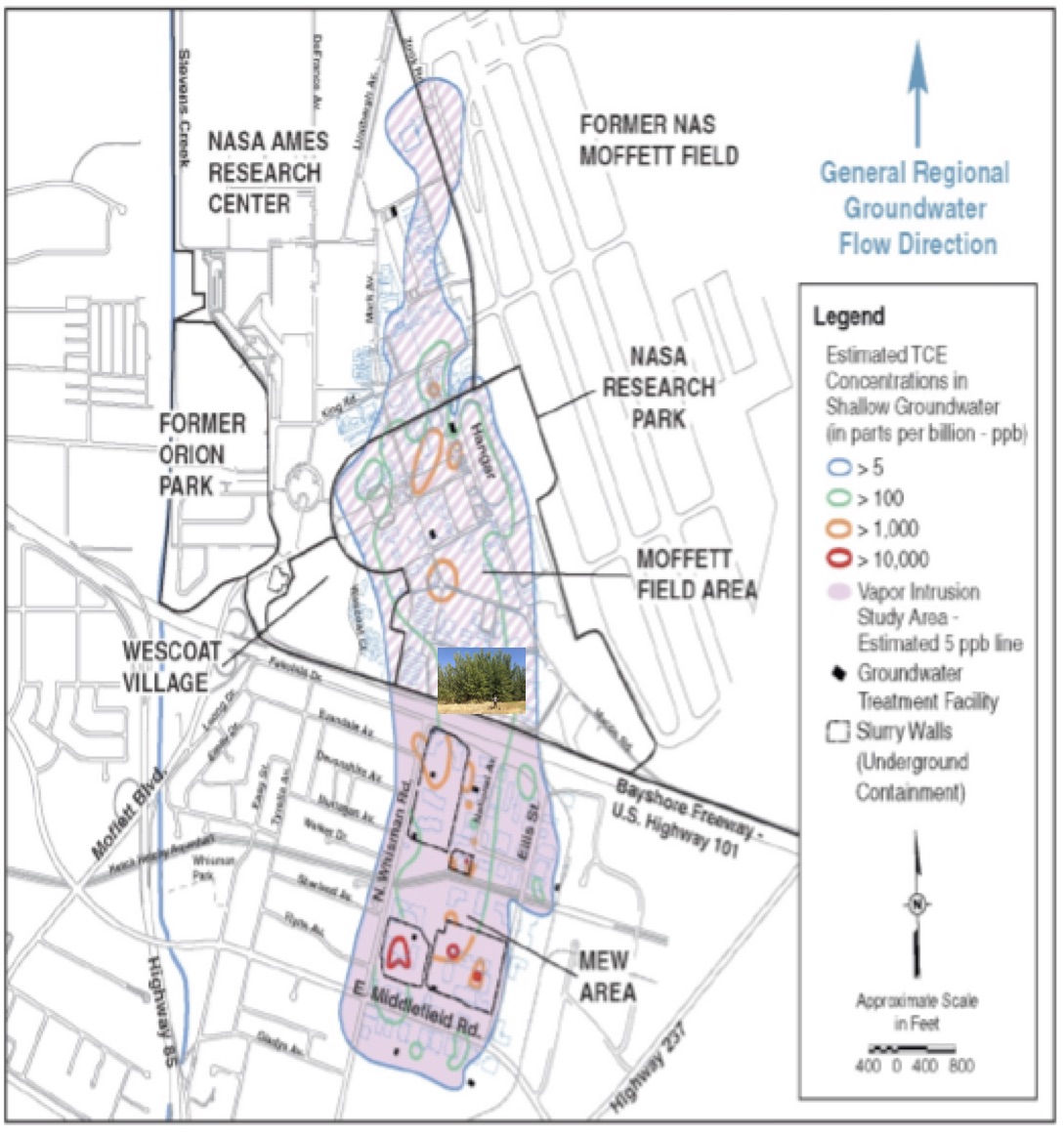 Phytoremediation at Moffett Field, California Phytoremediation at Moffett Field, CaliforniaLenny Siegel [6-minute, 20-second video] February, 2021
At the former Moffett Field Naval Air Station in California, poplar trees that have been treated with specialized strains of bacteria remove and destroy trichloroethylene (TCE) found in shallow groundwater. Lenny Siegel's 6 minute, 20 second video/PowerPoint presentation at the February, 2021 Tree City USA conference explains how tree technology - more properly known as phytoremediation - fits into Superfund cleanups.  Memo: Review of the Site 28 Five-year Review, Moffett Field, California Memo: Review of the Site 28 Five-year Review, Moffett Field, CaliforniaPeter Strauss [PDF, 5 pages] October, 2020
This memo reviews the Navy's Five-Year Review (FYR) for Site 28, Moffett Field, which reviews cleanup progress, makes recommendations for further work, and includes a protectiveness statement. This memo discusses vapor intrusion, Building 88 and the Traffic Circle, progress toward meeting the Remedial Action Objectives, the Protectiveness Statement, and Peter Strauss's Conclusions and Recommendations. 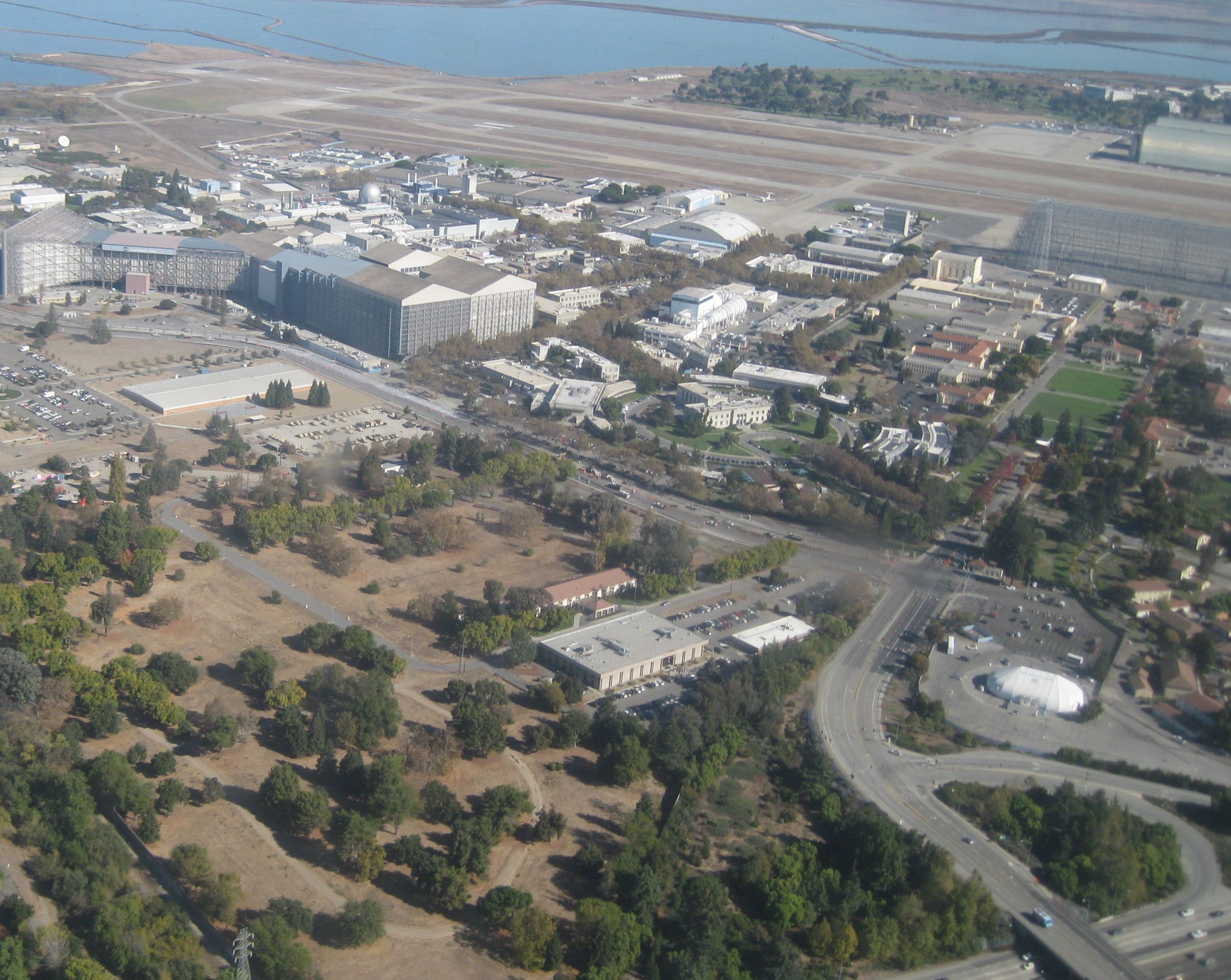 The Moffett Field Superfund Site, Moffett Field, California The Moffett Field Superfund Site, Moffett Field, CaliforniaLenny Siegel [PDF, 12 pages] July, 2019
This final report fulfills the Pacific Studies Center's obligations to the U.S. Environmental Protection Agency (EPA) under the Technical Assistance Grant (TAG) for the Moffett Field (former Moffett Field Naval Air Station) Superfund site, adjacent to Mountain View, California. TAG activities began in the fourth quarter of 2007 and continued through the fourth quarter of 2017. Under the supervision of myself and CPEO's Community Advisory Board, and in cooperation with the Moffett Field Restoration Advisory Board (RAB) and the Save Hangar One Committee, the technical advisor has helped make Moffett Field's environmental response a national model for effective, constructive public involvement in Superfund and federal facilities cleanup. That response has included cleanup, ecological restoration, historic preservation, and safe reuse. 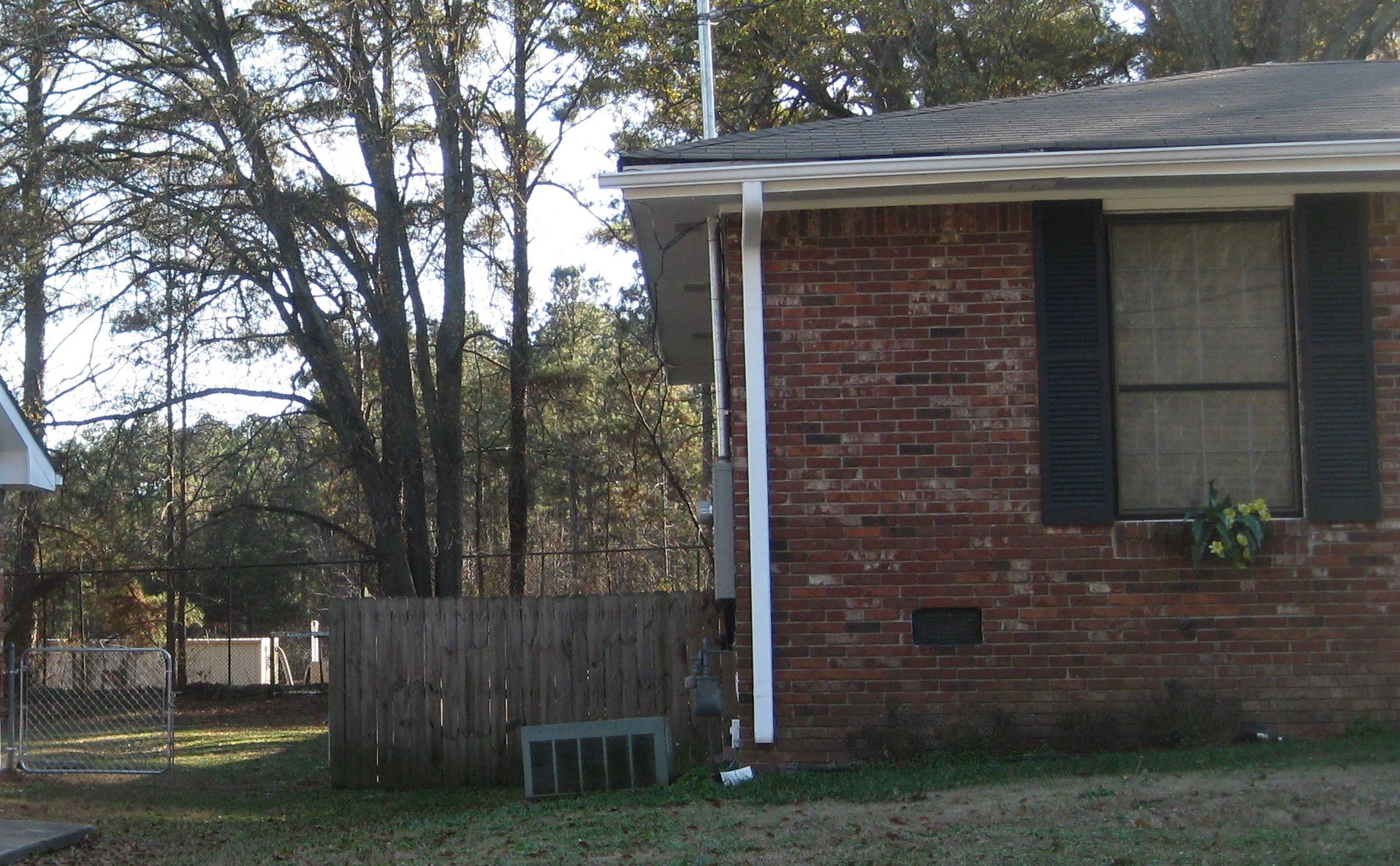 Off-Post Contamination
a Serious Concern at Ft. Gillem, Georgia Off-Post Contamination
a Serious Concern at Ft. Gillem, GeorgiaLenny Siegel [PDF, 13 pages] February, 2015
Chlorinated volatile organic
com- pounds and petroleum hydrocarbons from Ft. Gillem, a mostly closed
Army base near Atlanta, Georgia, have migrated off post. U.S. EPA and
the state of Georgia believe that air contamination inside neighboring
residences is vapor intrusion, but the Army disagrees. Meanwhile, local
activists are more successful than the Army in bringing the neighbors
to public meetings. 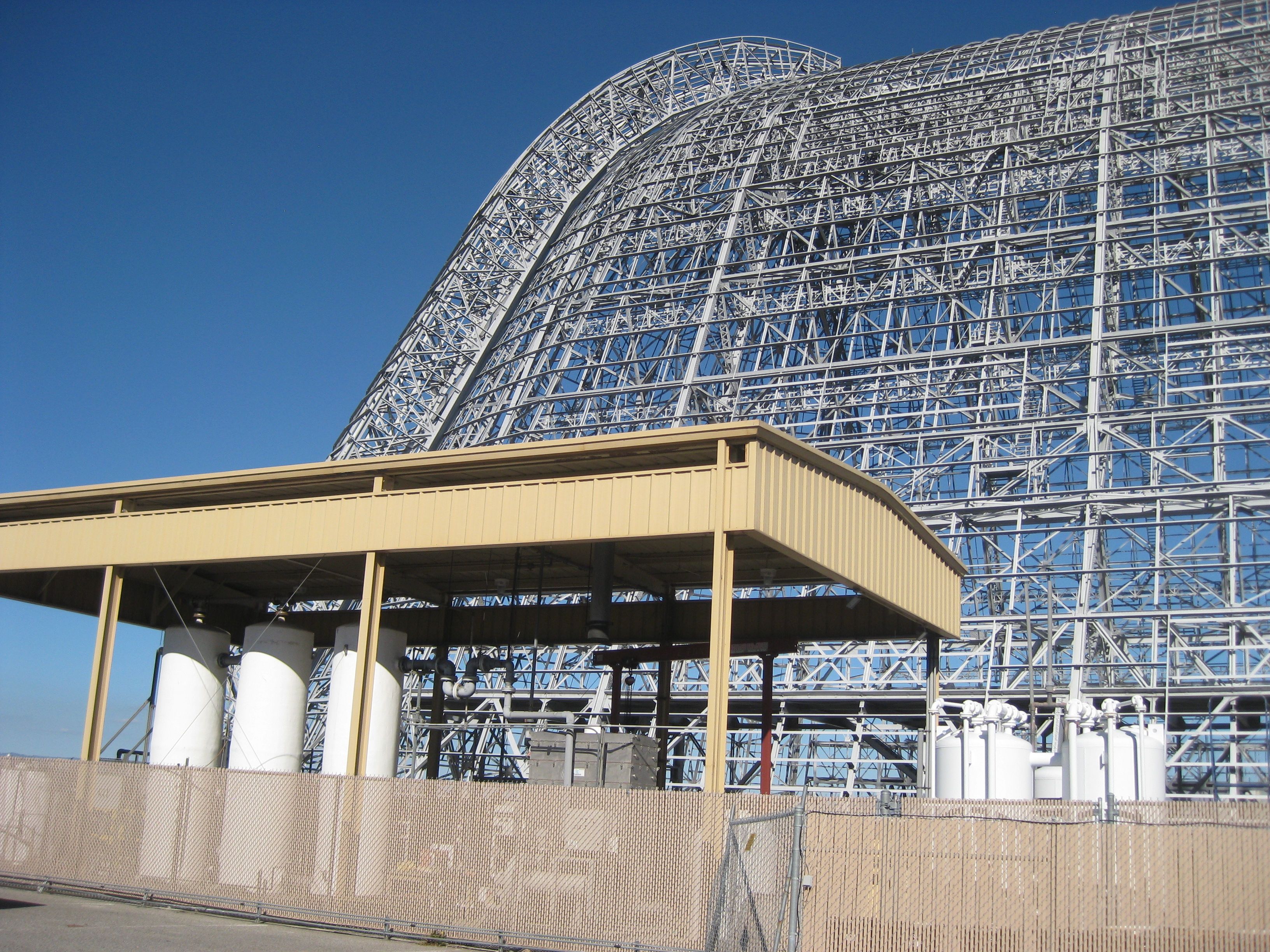 Planetary Ventures Lease
at Moffett Field—Environmental Issues Planetary Ventures Lease
at Moffett Field—Environmental IssuesPeter Strauss [PDF, 9 pages] February, 2015
The lease of Moffett Field from
NASA
by Google subsidiary Planetary Ventures could bring numerous
environmental benefits, including the restoration of the massive
historic landmark, Hangar One; mitigation of vapor intrusion at Hangar
One and the connecting utility tunnel; and the protection of wildlife
including burrowing owls. But managing the contaminated Moffett
environment will be a challenge. 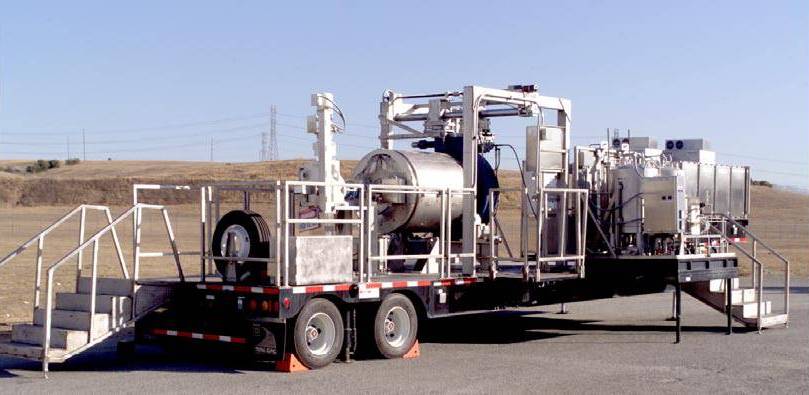 The Challenge of
Syrian Chemical Weapons
Demilitarization The Challenge of
Syrian Chemical Weapons
DemilitarizationLenny Siegel [PDF, 3 pages] September, 2013
Globally, chemical weapons
demilitarization has been difficult, slow, and costly, but with
technologies that have been developed over the past two decades, the
safe destruction of Syria’s chemical weapons stockpile is feasible.
While the diplomats work out the principles for sequestering and
eliminating Syrian chemical warfare materiel, our government and others
should be developing a strategy for safe, secure demilitarization. That
work must begin now, not only because it will take time, but also
because it is likely to raise issues that the diplomats will need to
resolve.
To ensure that the planned
lease of Moffett Field serves the interest of neighboring communities
and to comply with the National Environmental Policy Act, any proposed
change in the operation of the runways or significant new activities on
the former Navy base should be the subject of a new Environmental
Impact Statement (EIS). … The total transformation of Moffett Field and
closure of its runways does not have to happen overnight. But we must
act now and let our community leaders, NASA, and the GSA know of our
desire to see that Moffett is used for the community’s needs and higher
purposes vs. subjecting our communities to unwanted noise,
environmental pollution, and accident risks sanctioned under the
current GSA lease proposal request.
The people who live in the communities where teams look for and destroy unexploded ordnance—in some cases directly on project sites—are the ultimate customers of munitions response. At the November 27, 2012 Stakeholders’ Forum on the Use of Geophysical Classification for Munitions Response, ten geographically representative stakeholders from some of the nation’s best known former range sites met to learn about and discuss the use of this emerging technology. Participants were uniformly positive about the technology, but they raised important questions about the ways that the technology will be implemented. Download the 6-page, 1.2 MB PDF file.
The Northrop-Grumman facility in Bethpage, Long Island, New York illustrates some of the challenges that may emerge when wellhead treatment is a primary component of a groundwater remedy. In 2010 the Massapequa Water District sought federal intervention in the state-regulated cleanup when data indicated that a groundwater plume was likely to impact its drinking-water supply aquifers within the next few years. Download the 4-page, 872 KB PDF file with pictures.
The 7,000-acre Newport Chemical Depot, nestled in western Indiana’s Wabash Valley, is about to be returned to civilian use. The former home of the U.S. Army’s production program for VX nerve agent, it is slated for transfer to a Vermillion County-sponsored Local Reuse Authority sometime this year. Local residents and official are now debating how the former ammunition plant can best provide some of the prairie habitat that once characterized much of this portion of the country. Download the 5-page, 3.1 MB PDF file with pictures.
The “Regional Plume” of volatile- organic-compound (VOC) ground- water contamination in Mountain View, California ranks as one of the nation’s more serious remediation challenges. For two decades, community oversight in Mountain View has served as a national model. Now discussions among U.S. EPA, federal and private responsible parties, and the local community may serve as a model for conducting long-term cleanup where the application of conventional technologies is diminishing in effectiveness and where existing remedies have been found to be unprotective. Download the 15-page, 2 MB PDF file with pictures.
A systematic program to install rooftop solar systems at Defense facilities throughout the United States is perhaps the quickest, most dramatic way for the U.S. government to increase renewable power generation and reduce greenhouse gas emissions. The roofs are there. The technologies exist. The Department appears to have the will to move forward. All that is needed are financial decision-making mechanisms that internalize the benefits of alternative energy. Download the 8-page, 1.9 MB PDF file with pictures.
The 2,101-acre Formerly Used Defense Site at Camp Luis Obispo, California, contains a munitions impact range where unexploded ordnance has been found on or near the surface. Because the site is accessible by the public, California’s Department of Toxic Substances Control wants the Army Corps of Engineers to return to its original plan to conduct surface clearance as part of a Time Critical Removal Action. Download the 3-page, 796 KB PDF file with pictures.
The U.S. Fish and Wildlife
Service operates the Big Oaks National Wildlife Refuge (BONWR) on
50,000 acres at the former Jefferson Proving Ground in southern
Indiana. In many ways, the Refuge is like any other expanse of
preserved habitat, but access is limited because the property contains
millions of rounds of unexploded ordnance. The Refuge wants the Army to
clear land so it can build a visitor center and replace a bridge, but
the Army refuses to use BRAC (Base Realignment and Closure) funds to
conduct any form of area clearance. Congressman Baron Hill is seeking
funds to conduct munitions response and building the proposed visitors’
center.
New York’s former Lake Ontario
Ordnance Works (LOOW) and the associated Niagara Falls Storage Site
(NFSS) are not the largest or most complex of the cleanup sites owned
by the Departments of Defense and Energy, but the U.S. Army Corps of
Engineers’ (USACE) community relations program there has recently
become one of the most controversial. Despite the current stalemate
between the Corps and the local community, it appears that differences
could be solved relatively easily by looking at the Defense
Department’s RAB [Restoration Advisory Boards] Rule and the process
that led to its development.
We appreciate the Navy’s
efforts to both inform our community and hear our concerns about the
proposed Removal Action for Moffett Field’s Site 29, Hangar One, but we
remain disappointed in both the quality of the July 2008 Engineering
Evaluation/Cost Analysis (EE/CA) and the limitations of the Navy’s
proposed action. The Navy should plan to fully restore Hangar One after
removing toxic substances from the cladding (roof and siding) and short
of that, it should explain why it does not wish to and does not have
to.... 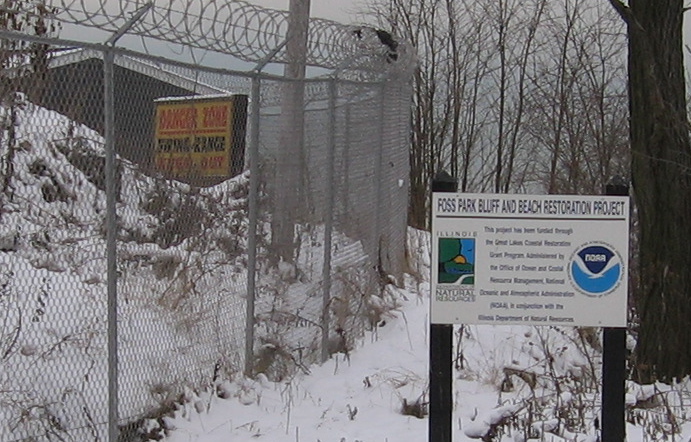 Community
Perspectives
on Underwater Munitions Response Community
Perspectives
on Underwater Munitions Responseby Lenny Siegel July, 2008 Reviewing U.S. underwater
munitions sites, CPEO Executive Director Lenny Siegel found enormous
variety in scale, the type of the munitions, and the nature of the
waterways. Despite the diversity, he found that community members and
officials share a risk management perspective, where the need for
cleanup is primarily determined by the potential for exposure.
CPEO Executive Director
Lenny Siegel explores emerging conflicts between the Defense Department
and the renewable energy industry. Siegel focuses on land competition
in California’s Western Mojave Desert among energy development,
national security, habitat preservation, and off-road vehicle
recreation, as well as the intereference to radar caused by wind
turbines. Siegel suggests cooperative approaches to resolving such
conflicts, before it’s too late.
CPEO Executive Director
Lenny Siegel evaluated community perspectives on the cleanup of
trichloroethylene
(TCE) plumes at the closed Twin Cities Army Ammunition Plant (TCAAP) in
Minnesota (New Brighton and Arden Hills) and former Moffett Naval Air
Station in the San Francisco Bay Area (Mountain View and Sunnyvale).
Specifically, Siegel reviewed the decision to shut down treatment at
TCAAP’s Operable Unit 3 (OU3)—the South Plume emanating from the former
arsenal—and the debate over future treatment at Moffett Field’s Site
26, the Eastside aquifer.
The Army proposes to nearly
triple the size of the Piñon Canyon Maneuver Site in Southern
Colorado. Ranchers, supported by a diverse coalition, oppose the
expansion. They are fighting to hold on to their property and preserve
their way of life—multi-generational, sustainable cattle-raising. With
support from Congress, they have delayed the plan, but the threat of
future eminent domain depresses the region’s economy.
CPEO Executive Director Lenny
Siegel visited communities hosting Defense Installations and discussed
Volatile Organic Compound response technologies with community members.
In the course of this project, he visited four bases with large
environmental restoration programs, known contamination with TCE and/or
PCE, and a history of significant community involvement and
controversy. He talked with members of Restoration Advisory Boards and
other community groups at the following five installations:
The Center for Public
Environmental Oversight evaluated public stakeholders’ views of
existing and emerging munitions response technologies. In particular,
CPEO sought to find out how impacted communities view munitions
response strategies in which project teams selectively excavate
geophysical anomalies recorded during site surveys. To answer this
question, Lenny Siegel visited munitions response sites at Amaknak
(Dutch Harbor), Alaska; the former Lowry Bombing and Gunnery Range,
Colorado; Camp Edwards, Massachusetts; and the Former Mojave Gunnery
Range Complex, California. In addition, he drew upon earlier visits to
numerous other military ranges as well as correspondence with
stakeholders from other munitions response properties. He interviewed
landowners, members of Restoration Advisory Boards, and other public
stakeholders.
Download 6-page, 1.7 MB PDF file with pictures.
The Center for Public
Environmental Oversight conducted field work to evaluate community
attitudes toward the various technologies and approaches to Chemical
Warfare Materiel (CWM) response. CPEO Executive Director Lenny Siegel
visited five communities where Formerly Used Defense Sites (FUDS) have
known CWM issues and interviewed stakeholders, including local, state,
and tribal officials. The five FUDS were the American University
Experimental Station, Spring Valley, Washington, DC; Amaknak Island,
Unalaska/Dutch Harbor, Aleutian Islands, Alaska; Former Lowry Bombing
and Gunnery Range (also known as Buckley Field), Aurora, Colorado;
Black Hills Ordnance Depot, Igloo, South Dakota; and Former Camp
Sibert, Steele, Alabama. The stakeholders who took part in this study
were remarkably frank, and they offered valuable, though varied
opinions about the technologies with which they were familiar.
|
||||||||||||||||
|
About CPEO | TechTree
| Newsgroups | Donate | Publications |
|||||||||||||||||
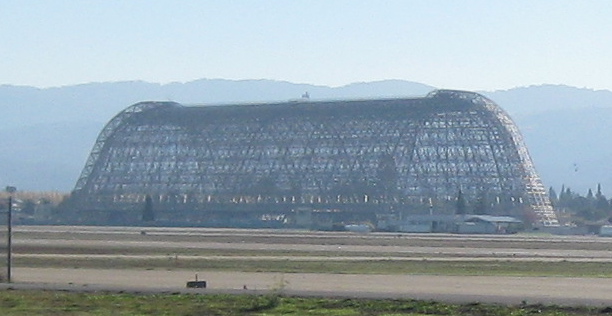
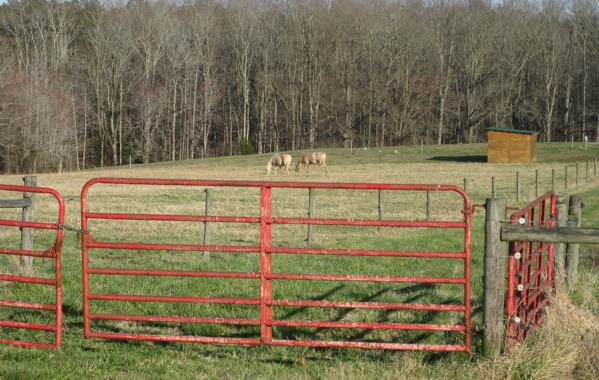

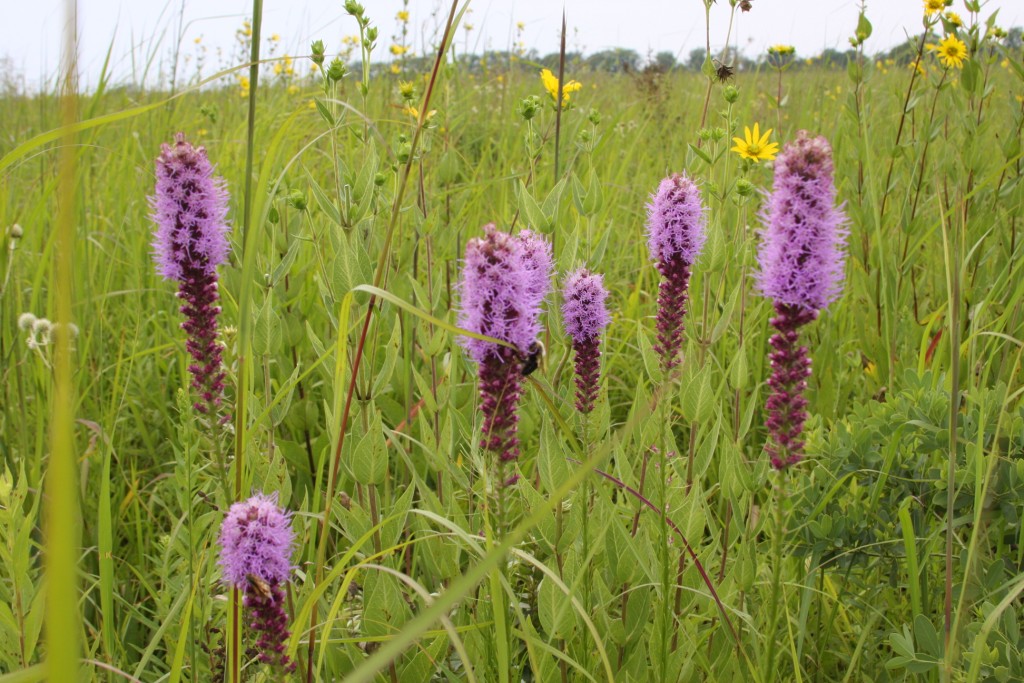
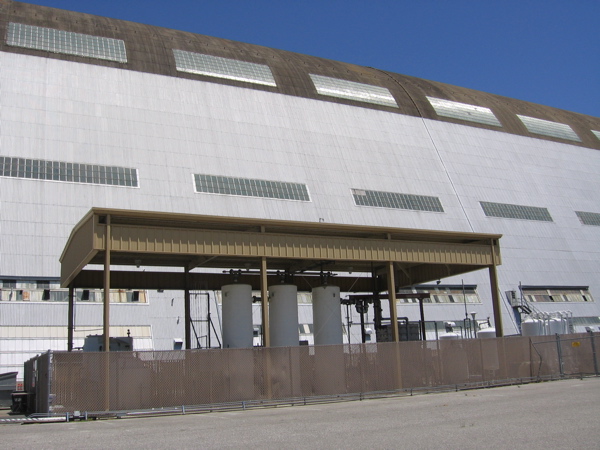
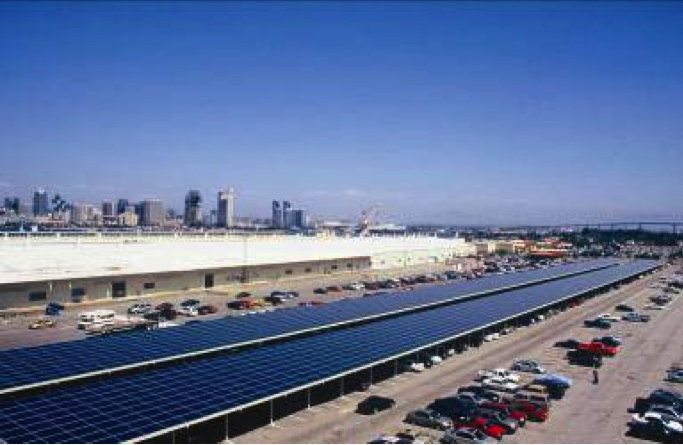


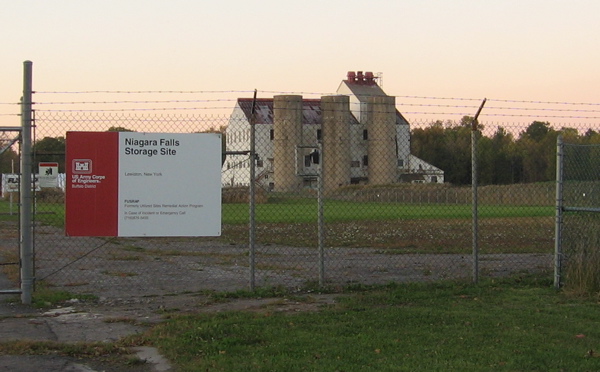


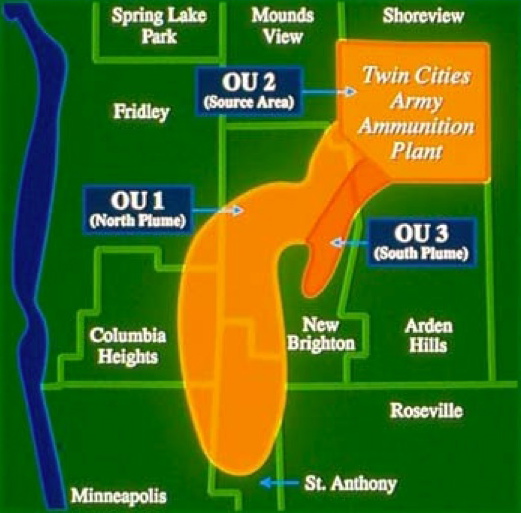
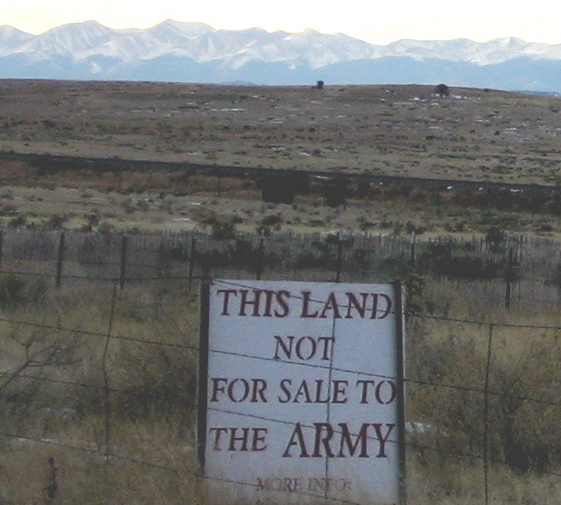
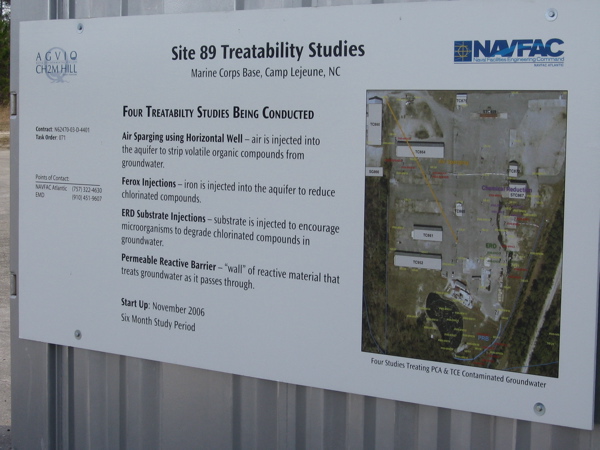
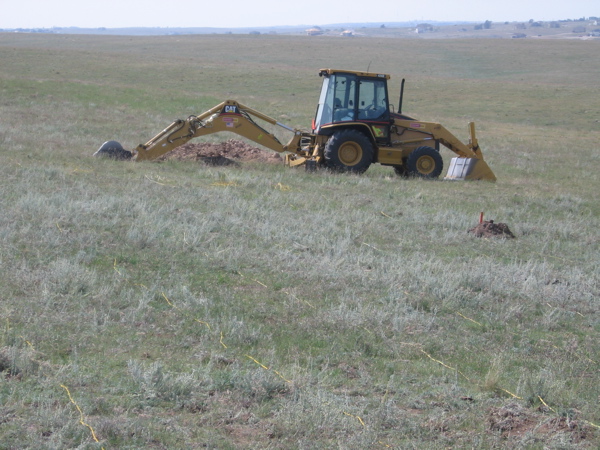
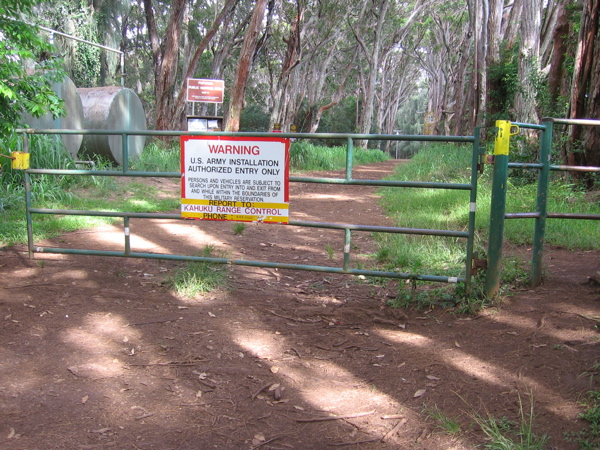
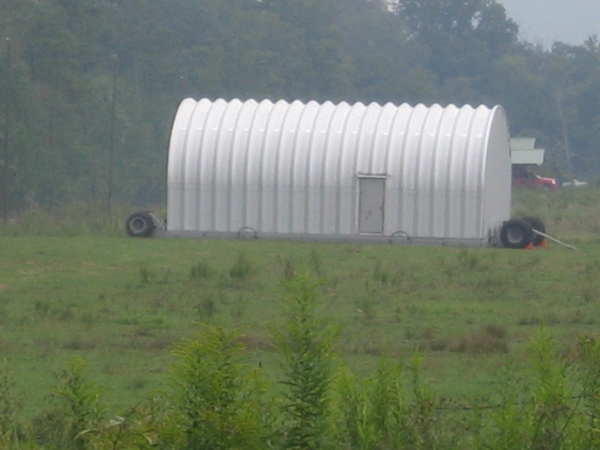
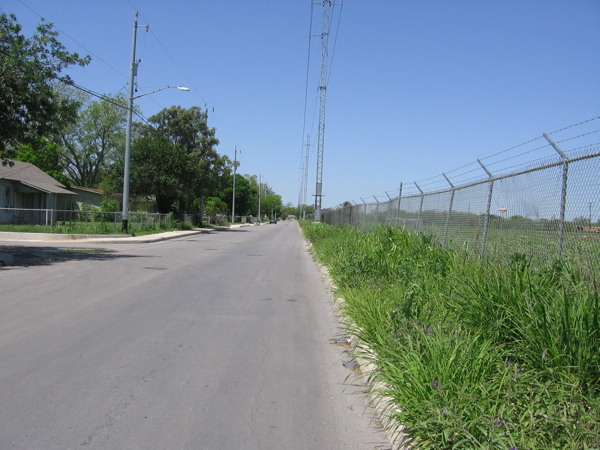 Kelly Air Force Base: Indoor Air Testing Is
Needed
Kelly Air Force Base: Indoor Air Testing Is
Needed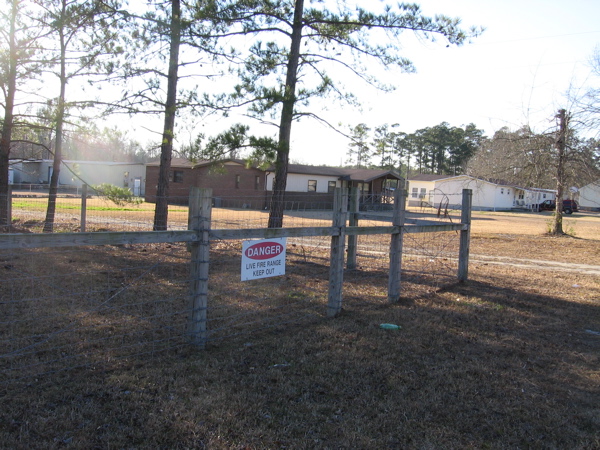 Sandy Run: Reverse Encroachment at Camp
Lejeune, NC
Sandy Run: Reverse Encroachment at Camp
Lejeune, NC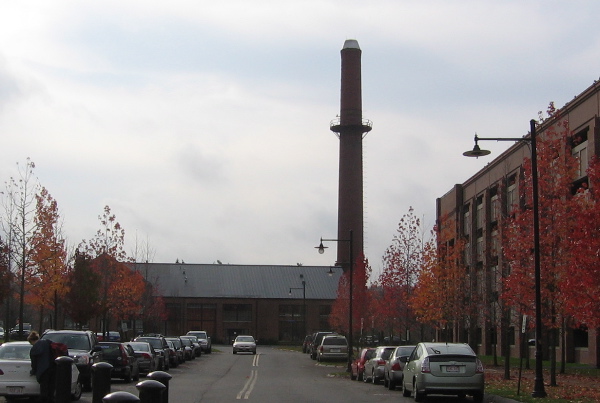 Watertown Arsenal, Massachusetts
Watertown Arsenal, Massachusetts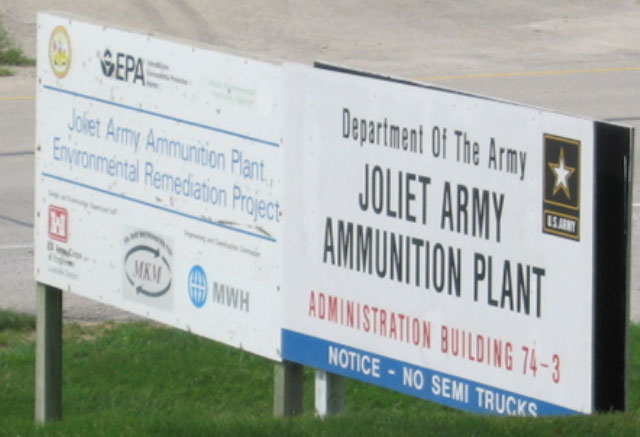 Joliet
Army Ammunition Plant, Illinois
Joliet
Army Ammunition Plant, Illinois Chemical Weapons Disposal: The Threat at Home
Chemical Weapons Disposal: The Threat at Home
 No Free Launch: The Toxic Impact of America's Space Program
No Free Launch: The Toxic Impact of America's Space Program